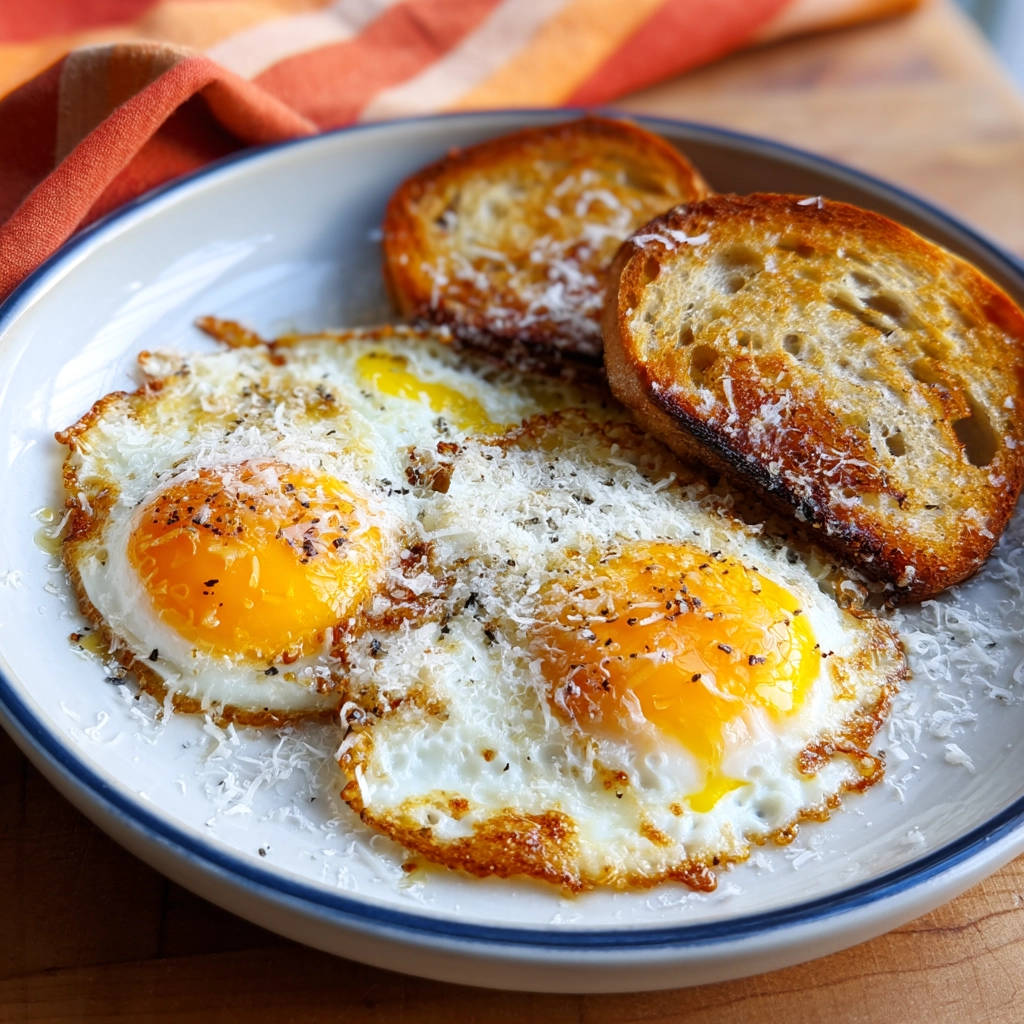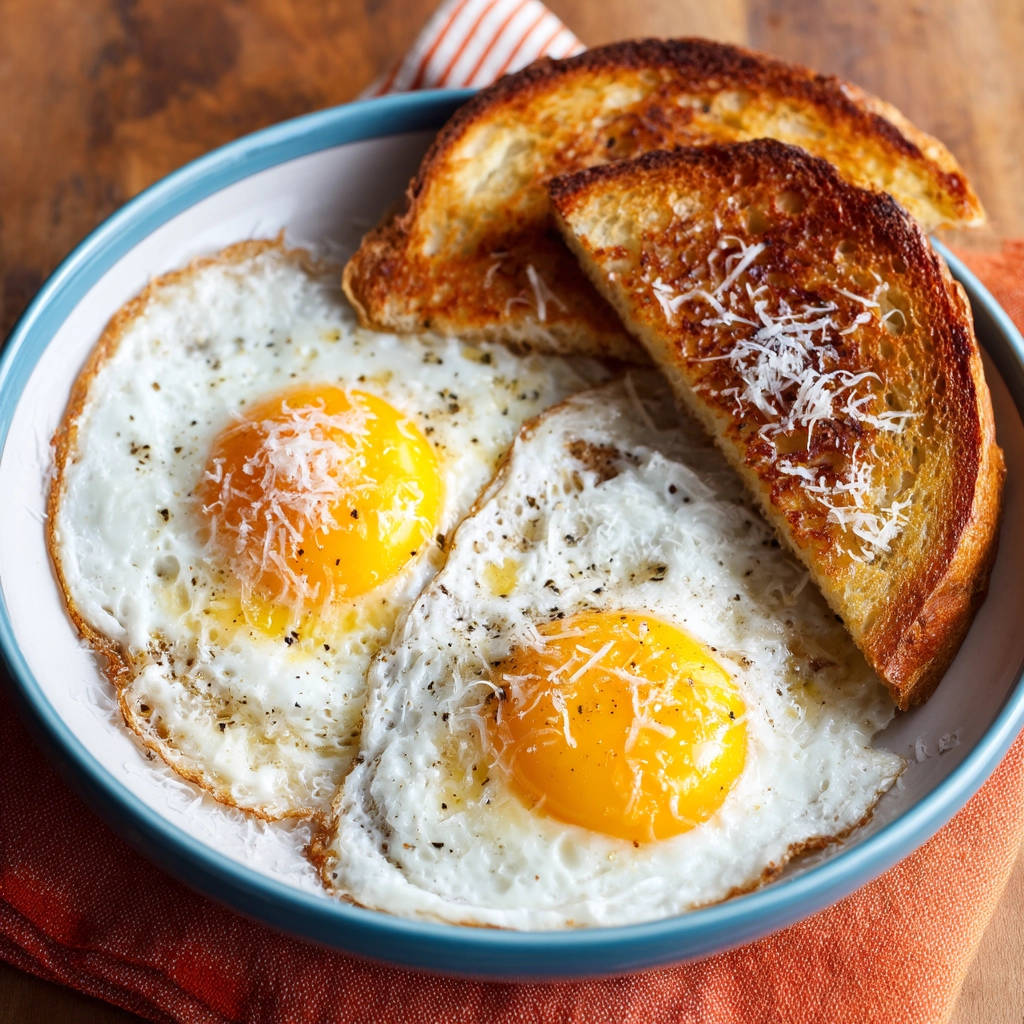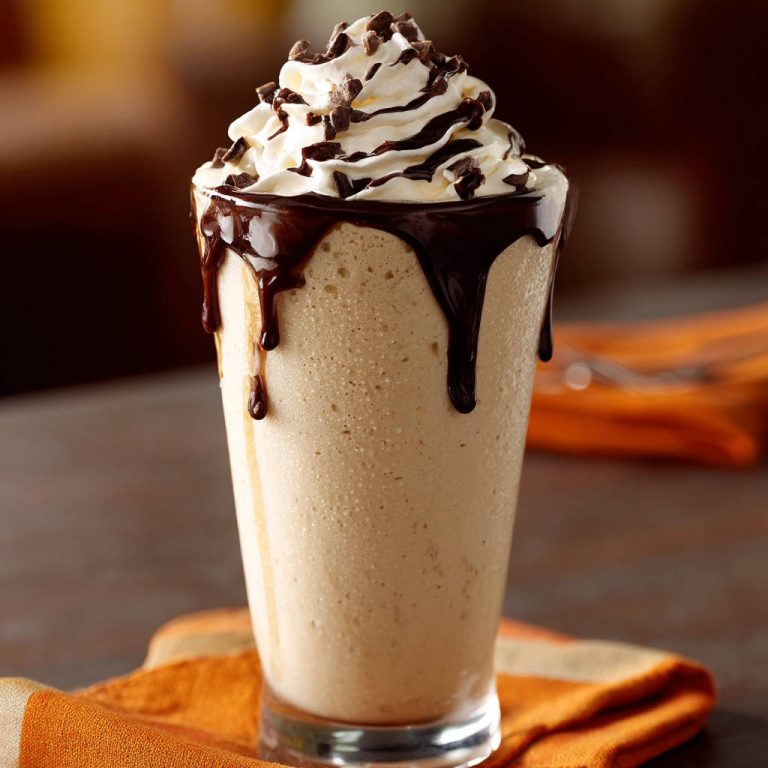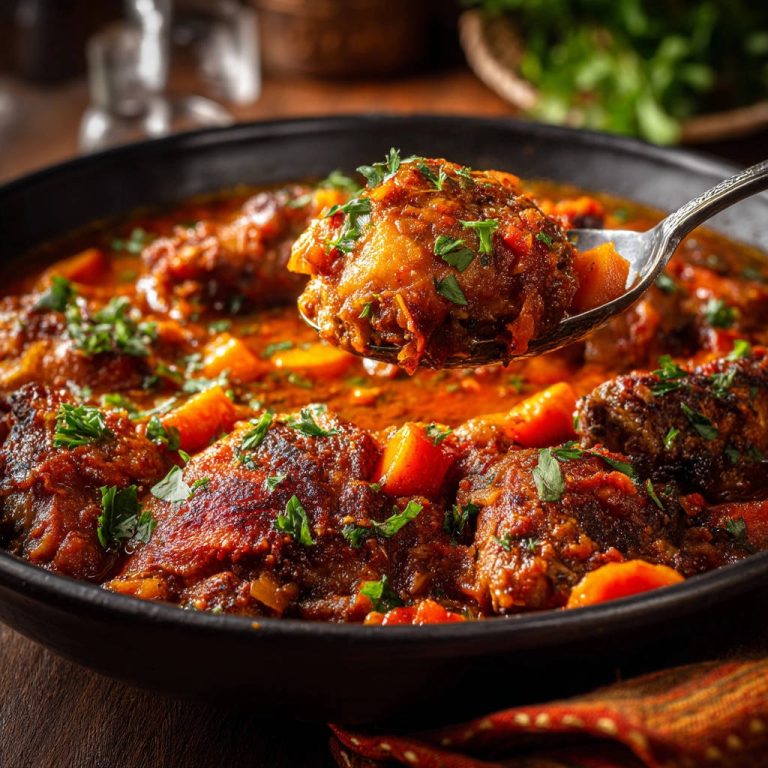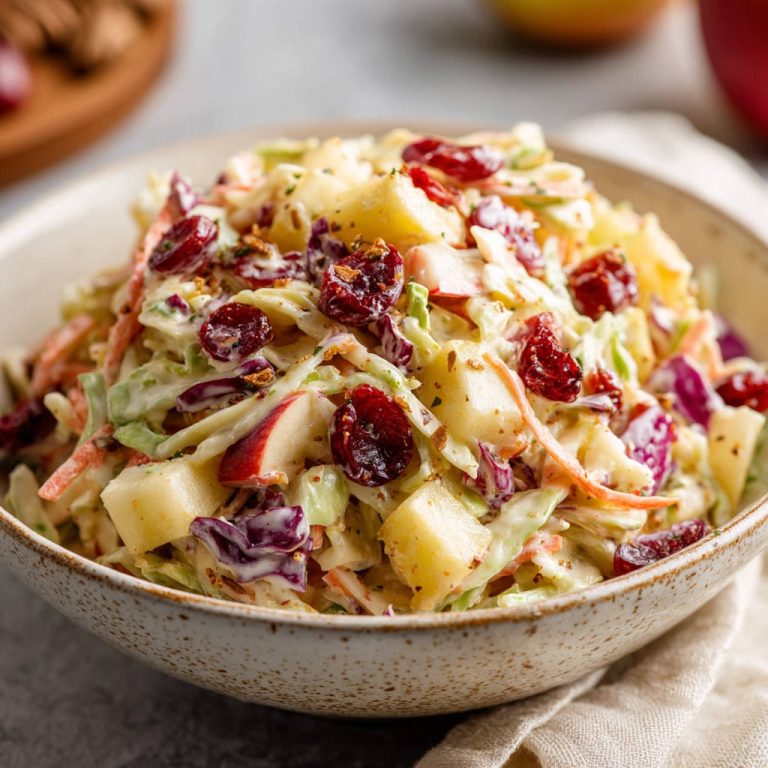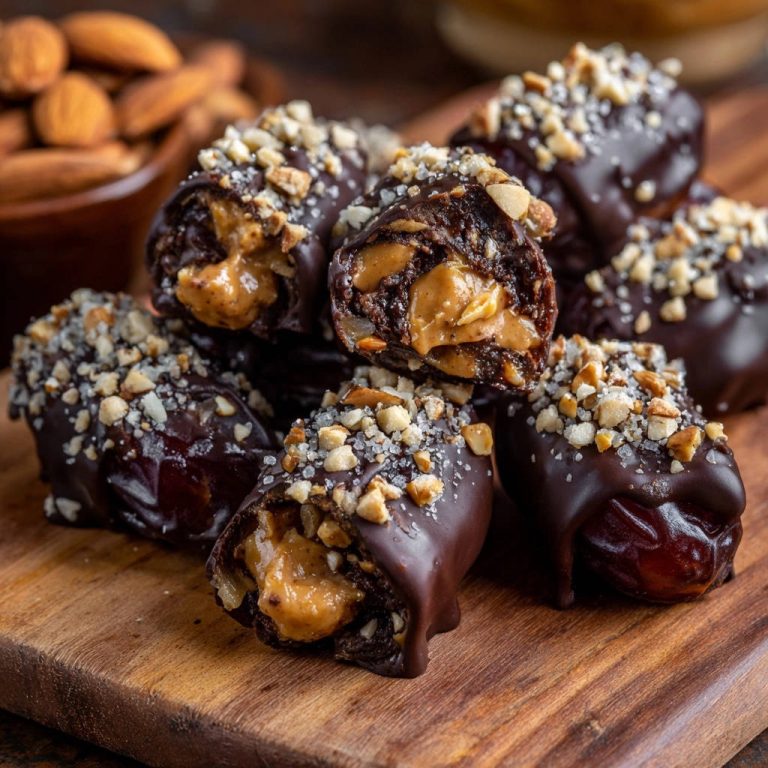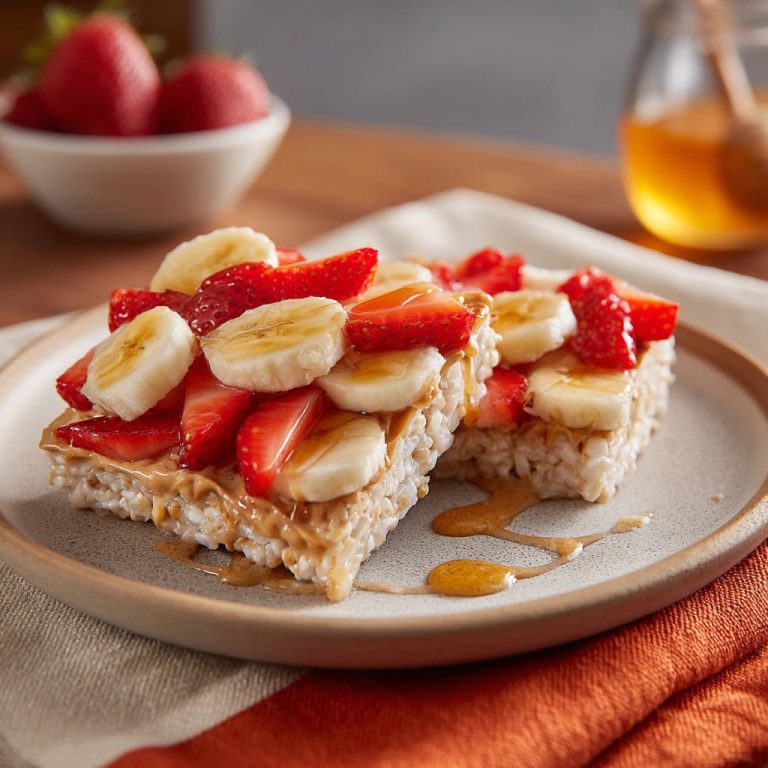Picture this: You’re craving that classic comfort – a perfectly fried egg. You imagine biting into a silky, rich, runny yolk that cascades over your toast, paired with tender, delicately cooked whites. Pure breakfast bliss, right? But then reality hits. You crack the egg into the pan, watch it cook, and instead of culinary perfection, you end up with edges that are too brown and crispy and whites that are tough, chewy, and, well, just plain rubbery. It’s a frustrating experience many of us know all too well.
For years, I chased that elusive perfect fried egg, struggling with the same rubbery white dilemma. I tried different heat levels, different pans, different fats. Nothing seemed to consistently yield those dreamy, tender whites alongside a beautifully liquid yolk. But through trial and error, and discovering one simple, game-changing technique, I finally cracked the code. This method is so easy, requires minimal ingredients, and guarantees a consistently superb result every single time. Say goodbye to rubbery whites and hello to fried egg perfection!
Why This Perfect Fried Egg Recipe is a Keeper
So, what makes this particular method for cooking perfect fried eggs stand out? It all comes down to control and leveraging a clever technique. Here’s why you’ll want to make this your go-to:
- Consistently Tender Whites: The main goal, achieved perfectly. No tough, chewy bits here!
- Gloriously Runny Yolks: The cooking process ensures the yolks stay wonderfully liquid, ready to burst and enrich your dish.
- Quick & Easy: This isn’t a complicated gourmet affair. It takes minutes from start to finish, ideal for busy mornings.
- Minimal Ingredients: You likely have everything you need in your kitchen right now.
- Versatile: Perfect fried eggs aren’t just for breakfast! They elevate everything from salads and grains to burgers and noodle bowls.
Gathering Your Ingredients for Perfect Fried Eggs
The beauty of a classic fried egg lies in its simplicity. High-quality, fresh ingredients truly shine here. While the list is short, each component plays a crucial role in achieving that sought-after tender white and runny yolk combination. Let’s take a look at what you’ll need and why:
At the heart of it all are the eggs themselves. Using fresh, large eggs is key. Fresher eggs tend to hold their shape better in the pan, resulting in a neater fried egg with a more defined yolk and tighter whites. Plus, the flavor is simply superior.
To get things cooking, you’ll need a tablespoon of either butter or oil. Butter offers a lovely richness and nutty flavor, while oil (like vegetable or olive oil) provides a clean, neutral cooking medium and can handle slightly higher heat if needed initially. The fat is essential for preventing sticking and helping the edges crisp slightly before the steaming process begins.
And what’s a fried egg without something delicious to serve it on? Two slices of bread for toast are classic for a reason. The crisp surface of the toast provides the perfect base for that glorious runny yolk to mingle with. You can use your favorite kind of bread, from sourdough to whole wheat.
Finally, the seasonings are simple but essential: salt and freshly ground black pepper. Seasoning at the end allows you to control the flavor perfectly and ensures the seasonings don’t burn in the hot pan. For an extra touch of indulgence, especially if you love that savory finish, a sprinkle of grated cheese, like Parmesan, just before serving is a fantastic addition that melts slightly from the residual heat of the egg. This optional flourish, like you often see in beautiful food photos, adds a layer of salty, umami goodness.
- 2 large eggs
- 1 tablespoon butter or oil (such as vegetable or olive oil)
- 2 slices of bread, for toasting
- Salt, to taste
- Black pepper, freshly ground, to taste
- Grated cheese (like Parmesan), for serving (optional)
Crafting Your Perfect Fried Egg: Step-by-Step
Ready to achieve fried egg perfection? Follow these steps closely, paying attention to the “why” behind each one. This isn’t just about going through the motions; it’s about understanding the process to get those tender whites and that liquid gold yolk.
-
Prep Your Base: Toast the Bread. Before you even touch the eggs, get your toast ready. Pop your two slices of bread into the toaster or under the broiler and toast them to your preferred level of golden crispness. Having the toast ready means you can slide your perfectly cooked eggs right onto the plate without delay, ensuring they’re enjoyed at their absolute best. Set the finished toast aside.
-
Heat the Pan Just Right. Grab a good nonstick skillet – this is truly key to preventing frustrating sticking, especially with delicate eggs. Add your tablespoon of butter or oil to the skillet and place it over medium heat. Wait for the fat to heat up. If using butter, it should be melted and just starting to bubble slightly. If using oil, you’ll see it shimmering gently across the bottom of the pan. The goal is shimmering, but crucially, not smoking. Overheated fat can lead to those crispy, overcooked edges we’re trying to avoid.
-
Add the Eggs and Lower the Heat. Carefully crack your two large eggs directly into the heated pan, giving them a little space between them. As soon as the eggs are in the pan, immediately lower the heat slightly to medium-low. This gentle heat is absolutely crucial for preventing the whites from setting too quickly and becoming tough. It allows the whites to cook through gradually from the bottom.
-
Watch the Initial Set. Let the eggs cook undisturbed for about 2 to 3 minutes on this medium-low heat. Keep a close eye on the whites. You’ll notice the edges of the egg whites starting to firm up and might even see a slight crisping beginning, which is fine. However, the whites directly surrounding the yolks will likely still look a bit translucent and runny at this stage. This partial setting is exactly what you want before moving to the next step.
-
Introduce the Steam (The Game Changer!). Here is the brilliant trick that transforms rubbery whites into tender clouds. While the eggs are still in the pan, carefully add just one tablespoon of water to the empty space in the skillet (don’t pour it directly onto the eggs). As soon as the water is in, immediately cover the skillet tightly with a lid. The hot pan will instantly turn the water into steam. This steam will rise and gently cook the top surface of the egg whites, including that pesky layer around the yolk, without needing to flip the egg or overcook the bottom.
-
Steam to Perfection. Let the eggs continue to steam under the lid for another 1 to 2 minutes. The exact time will depend on how truly runny you like your yolks and the size/shape of your pan and lid. Watch through a glass lid if you have one, or peek briefly. You’re looking for the egg whites to be completely opaque and set all the way through, while the yolks remain beautifully liquid and bright yellow. The steam ensures that top layer is cooked through evenly and gently, preventing that rubbery texture.
-
Serve Immediately. Once the eggs have reached your desired doneness (whites set, yolk runny), carefully slide them out of the nonstick skillet onto your prepared toast. A thin spatula works best for this delicate operation.
-
Season and Finish. Season your perfect fried eggs generously with salt and freshly ground black pepper. The simple seasonings enhance the rich flavor of the eggs. If you’re using the optional grated cheese, sprinkle it over the hot eggs now. The residual heat will slightly soften it.
-
Enjoy! Serve your eggs immediately and break that yolk! Relish in the tender whites and the rich flow of the yolk over your toast. This simple meal is pure comfort.
Tips for Perfect Fried Eggs Every Time
While the method is straightforward, a few extra pointers can help you consistently achieve fried egg nirvana:
- Egg Temperature: While some debate exists, using eggs straight from the fridge can sometimes help the yolk stay centered and the whites spread less. However, the steaming method is so effective that room temperature eggs work beautifully too. Just ensure they are fresh!
- Don’t Skip the Lid: The lid and the water are the magic makers for tender whites. Any lid that fits your pan will work to trap that crucial steam.
- Adjust Steam Time: The 1-2 minutes of steaming is a guideline. If you prefer your yolks slightly less runny (say, jammy), you can steam for another 30-60 seconds. Keep a close eye on them!
- Pan Size Matters: Using a pan that comfortably fits your eggs without them touching helps them cook evenly and prevents them from sticking together. For two eggs, an 8-inch nonstick skillet is usually ideal.
- Fat Choice: Butter often yields slightly crispier, more flavorful edges, while oil is a bit more forgiving with heat. Experiment to see which you prefer!
- Freshly Ground Pepper is Best: It makes a noticeable difference in flavor compared to pre-ground pepper.
What to Serve with Perfect Fried Eggs
These aren’t just breakfast eggs; they’re versatile little wonders that can elevate countless dishes. While serving them simply on toast is divine, consider these other ways to enjoy your perfectly cooked eggs:
Elevate your morning routine by placing them atop a slice of Crispy Gourmet Breakfast Toast, perhaps with some mashed avocado for a take on Avocado Toast with Egg. The rich yolk is incredible drizzled over a savory hash or a bowl of Juicy Chicken Quinoa Bowl. They make a fantastic addition to leftover rice or noodles, transforming them into a quick, satisfying meal. You could even top a warm salad or a baked potato with one. The possibilities are truly endless when you have a perfectly cooked egg ready to go.
Your Perfect Fried Egg Questions Answered (FAQ)
Got questions about achieving fried egg perfection? Here are some common queries and their answers:
How do I make sure the yolk stays runny?
The key to a runny yolk with set whites is the steaming method described in step 5 and 6. By cooking the bottom gently on medium-low heat first, then using steam to finish the top, you cook the whites through without solidifying the yolk. Watching the steaming time closely (1-2 minutes is typically perfect) is also critical. Stop cooking as soon as the whites are opaque and set.
Why are my egg whites still rubbery even after steaming?
If your whites are still rubbery, it’s likely due to the heat being too high at some point. Ensure your skillet is only on medium heat when you add the fat, and critically, reduce the heat to medium-low as soon as the eggs go in. The initial gentle heat from the bottom combined with the steam from the top is what guarantees tenderness. Also, make sure you are covering the pan immediately after adding the water to trap the steam effectively.
Can I fry more than two eggs at once using this method?
Yes, you can, but you’ll need a larger nonstick pan and you might need to increase the amount of water slightly (maybe 1.5 to 2 tablespoons for 3-4 eggs) to generate enough steam. The most important thing is to give the eggs enough space in the pan so they aren’t crowded. Overcrowding can lower the pan temperature and affect cooking uniformity.
What kind of pan is best for frying eggs?
A nonstick skillet is highly recommended for this method. It ensures the eggs slide out easily without sticking and breaking, which is especially important when you have that precious runny yolk. Make sure your nonstick coating is in good condition.
How long does it take to cook a perfect fried egg?
With prep included (mostly toasting bread), the total time is typically only 7-9 minutes. The actual cook time in the pan is very fast, usually just 5-7 minutes depending on your stove and pan.
Enjoy Your Homemade Perfect Fried Eggs!
There you have it – the simple secret to achieving perfect fried eggs with tender whites and beautiful runny yolks, every single time. This small adjustment to your technique makes a world of difference and elevates a simple fried egg from potentially disappointing to absolutely delightful. It’s a skill worth mastering for quick breakfasts, satisfying lunches, or adding a protein boost to dinner.
Give this method a try the next time an egg craving strikes. I promise you won’t go back to the old way! Once you master these perfect fried eggs, you’ll find yourself adding them to everything. Don’t forget to leave a comment below and let me know how yours turned out, or if you have any favorite ways to serve them!
Perfect Fried Eggs
Ingredients
- 2 large eggs
- 1 tablespoon butter or oil
- 2 slices of bread for toast
- Salt, to taste
- Black pepper, freshly ground, to taste
- Grated cheese (like Parmesan), for serving (optional, as seen in image)
Directions
- First, make your toast. Toast the bread to your desired level of crispness and set aside.
- Heat the butter or oil in a nonstick skillet over medium heat until shimmering but not smoking. Using a nonstick pan is key to preventing sticking, but the heat control is what stops the whites from becoming rubbery.
- Carefully crack the eggs into the pan, keeping them separate. Lower the heat slightly to medium-low. This gentler heat is crucial for tender whites.
- Cook for about 2-3 minutes, watching the whites carefully. You’ll see the edges start to set and get crispy, as shown in the image, but the whites around the yolk might still be a little runny.
- Here’s the trick for non-rubbery whites: Add just a tablespoon of water to the pan, then immediately cover the skillet with a lid. This creates steam, which gently cooks the top of the egg whites without needing to flip the egg or overcook the bottom.
- Let the eggs steam for another 1-2 minutes, or until the whites are completely set but the yolks are still wonderfully runny. The steaming ensures even cooking of the top layer without making the whole white tough.
- Carefully slide the eggs onto your plate next to the toast.
- Season generously with salt and freshly ground black pepper.
- Sprinkle with grated cheese, if using, just like in the picture. Serve immediately and enjoy those perfect, tender whites!

